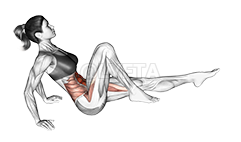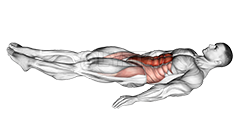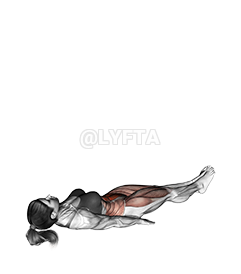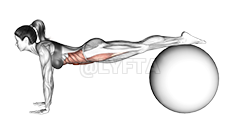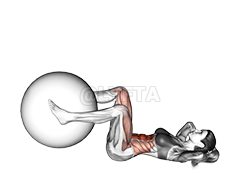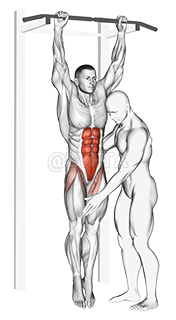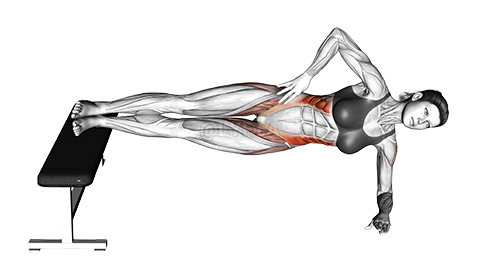
Hanging Pike
Exercise Profile
Related Exercises:
Introduction to the Hanging Pike
The Hanging Pike is a challenging core exercise that primarily targets the abdominal muscles, enhancing strength, stability, and flexibility. It is suitable for intermediate to advanced fitness enthusiasts who are looking to intensify their core training. Individuals may choose to incorporate this exercise into their routine to improve their overall athletic performance, promote better posture, and achieve a more defined abdominal area.
Performing the: A Step-by-Step Tutorial Hanging Pike
- While keeping your legs straight, slowly lift them up in front of you until they are parallel with the ground.
- Continue lifting your legs towards the bar until your body forms an upside-down 'V' shape.
- Hold this position for a moment, and then slowly lower your legs back down to the starting position.
- Repeat this movement for the desired number of repetitions, ensuring to keep your core engaged and your movements controlled throughout the exercise.
Tips for Performing Hanging Pike
- **Maintain Proper Form**: When performing the Hanging Pike, it's essential to maintain the correct form. Your legs should be straight and raised to a 90-degree angle, and your body should form a 'V' shape at the top of the movement. Avoid swinging or using momentum to lift your legs as this can lead to injury and diminish the effectiveness of the exercise.
- **Focus on Your Core**: The Hanging Pike is primarily a core exercise, so make sure you're engaging your abs throughout the movement. Avoid the common mistake of using your hip flexors or shoulders to lift your legs. Instead, visualize your abs pulling your legs up.
- **Controlled Movement
Hanging Pike FAQs
Can beginners do the Hanging Pike?
The Hanging Pike exercise is quite advanced and requires a good amount of upper body strength, core strength, and flexibility. It might be challenging for beginners to perform this exercise. However, beginners can work their way up to it by starting with simpler exercises like hanging knee raises, leg raises, and gradually increasing the difficulty as their strength and fitness improve. It's always recommended to have proper form and technique to avoid injury, so it might be beneficial for beginners to get guidance from a fitness professional.
What are common variations of the Hanging Pike?
- The Hanging Knee Raise is a simpler variation where you only lift your knees to hip level.
- The Windshield Wiper is a more advanced variation where you lift your legs up like a Hanging Pike and then rotate them from side to side.
- The Hanging Leg Raise is another variation where you keep your legs straight and lift them up to hip level.
- The Hanging Scissor Kick is a more dynamic variation where you alternate lifting each leg up in a scissor-like motion.
What are good complementing exercises for the Hanging Pike?
- The Leg Raise exercise also complements the Hanging Pike as it works on the hip flexors and abdominal muscles, increasing their strength and endurance, which are key for the upward motion in the Hanging Pike.
- The Plank exercise is another complementary exercise, as it helps to build overall core strength and stability, improving the body's control and endurance during the Hanging Pike.
Related keywords for Hanging Pike
- Hanging Pike exercise
- Bodyweight exercises for waist
- Hanging Pike workout
- Waist targeting exercises
- Bodyweight Hanging Pike
- Fitness exercises for waist
- Hanging Pike waist workout
- Bodyweight waist exercises
- Hanging Pike for waist toning
- Core strengthening with Hanging Pike
